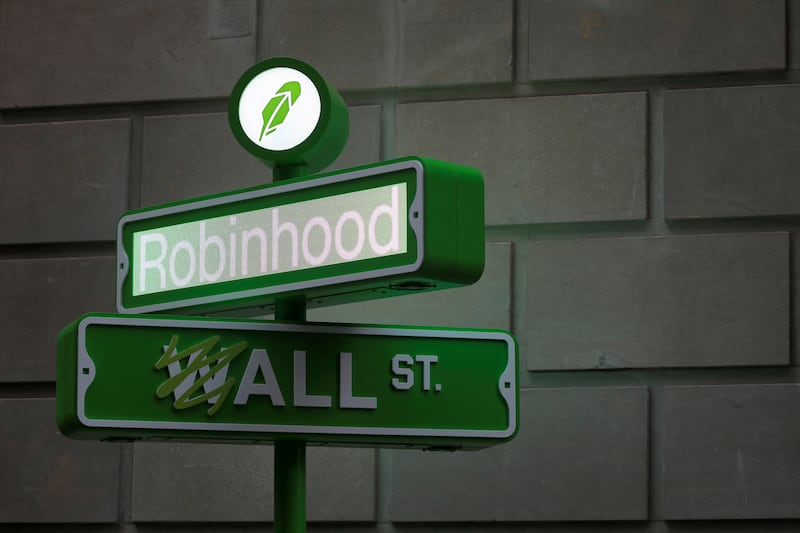Robinhood Markets was intended to upend the way people trade. Instead, the way people trade is beginning to upend Robinhood.
Less than a year into its run as a public company, Robinhood is dismissing 9 per cent of its 3,800 workforce. The Silicon Valley start-up that once threatened to challenge Wall Street said that after a period of “hyper growth” and robust hiring in 2020 and early 2021, it was left with too much overlap.
“This rapid headcount growth has led to some duplicate roles and job functions, and more layers and complexity than are optimal,” chief executive Vlad Tenev said in a statement on Tuesday.
One of last year’s hottest initial public offerings has all but collapsed since. The stock, which plunged 74 per cent since its debut, slid another 4.5 per cent in extended trading in New York after the job cuts were announced.
The online brokerage exploded in popularity during the coronavirus pandemic, as new investors used its app to trade through wild market swings, including run-ups in meme stocks and cryptocurrencies.
But trading activity, which makes up the bulk of the company’s revenue, started to wane, and none of its recent offerings — including cryptocurrency wallets and a debit card — have helped to stop the decline.
Robinhood, which is scheduled to report first-quarter results after US markets close on Thursday, missed Wall Street’s revenue estimates for the previous two periods and has racked up more than $2 billion in losses since the IPO.
Lower retail investors' participation in the stock market is starting to set in as a new reality for Robinhood and other brokerages. About 17 per cent of US equity trading volume came from retail investors in early March, down from a peak of 24 per cent in the first quarter of last year, according to estimates by Bloomberg Intelligence.
Robinhood fuelled its growth by catering to a subset of investors that established brokers had largely forsaken — small-time accounts with a few hundred dollars.
The Menlo Park, California-based company popularised zero-fee stock trading, appealing to market newcomers who did not want to pay $5 to place each trade. As of last year, the median Robinhood customer had a balance of $240.






